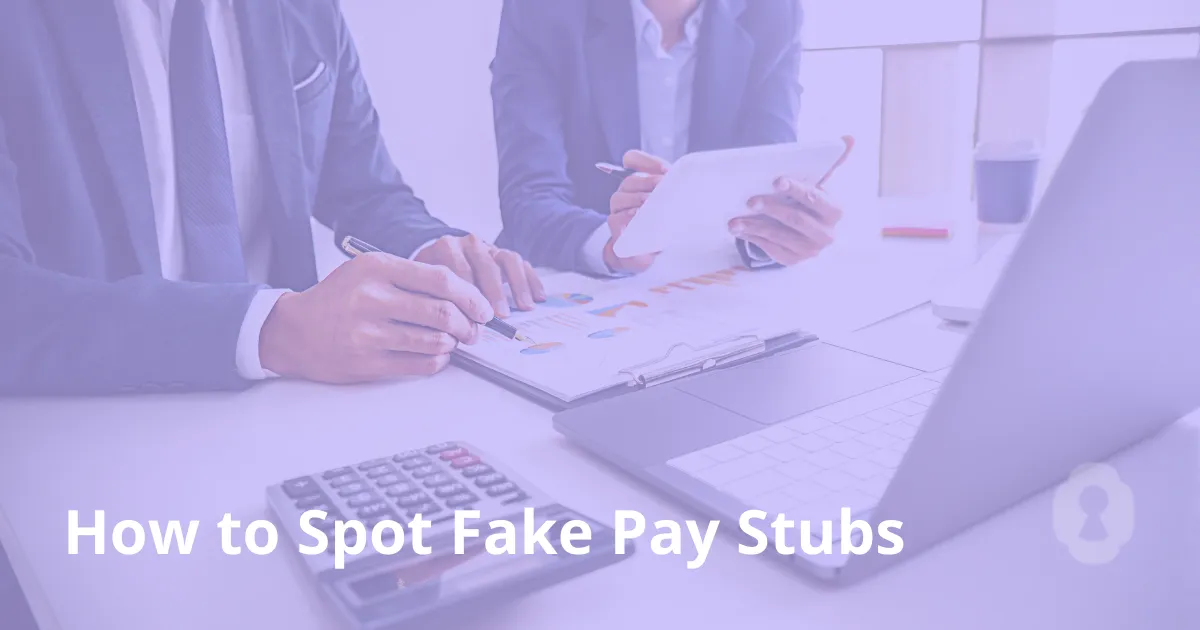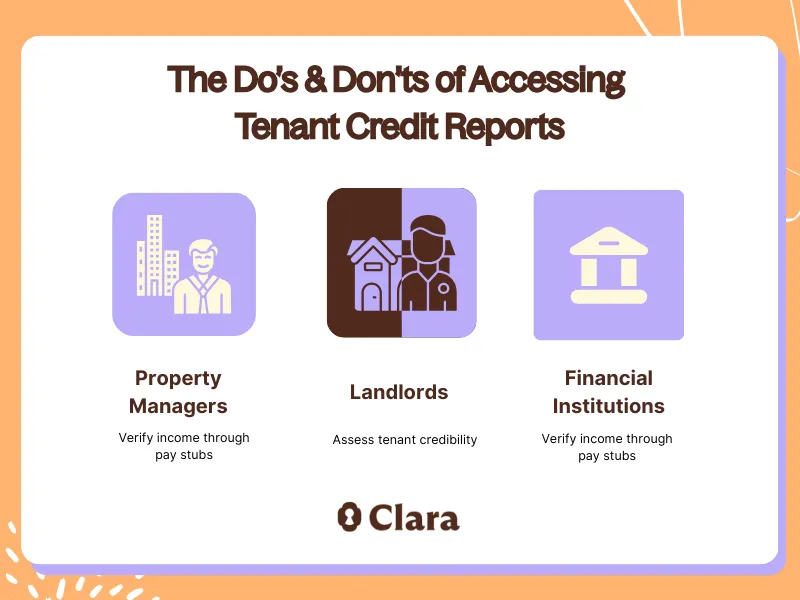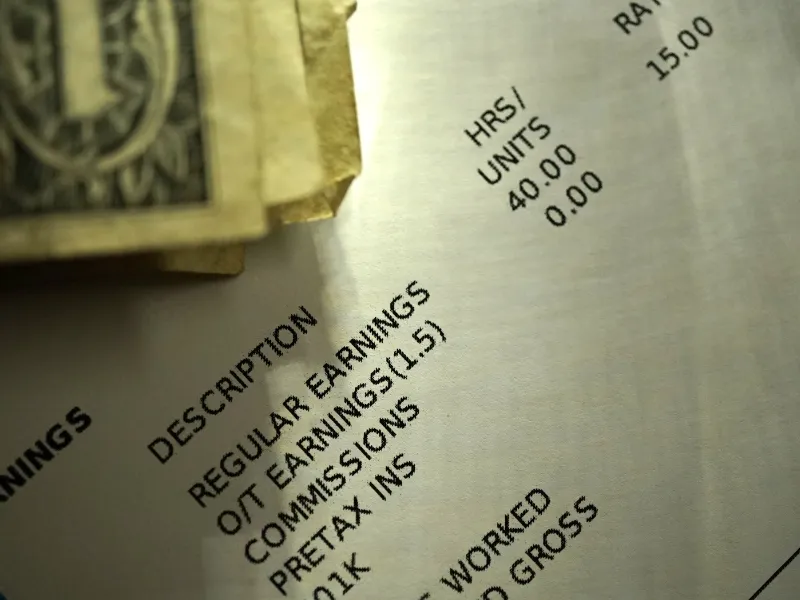
Did you know many people use false documents to lie about their income? This can lead to big problems, like when you're trying to rent a place or get a loan. Income verification is crucial in these situations. If an applicant sends a pay stub as a PDF and you need an image file for an upload portal or quick review, you can convert a PDF to a JPG in seconds. Knowing how to detect fake pay stubs helps you make smart choices.
Fake pay stubs can harm the trust in our financial systems. They can hurt both people and businesses. It's key to know how to spot these false documents to keep our financial dealings honest and clear.
"In the rental industry, we often view income verification as a binary checkpoint—either the numbers work or they don't. But what's missing from this approach is understanding the narrative behind the numbers. The most sophisticated property managers don't just verify pay stubs; they build a complete financial picture that considers income stability, career trajectory, and spending patterns. By shifting from isolated document verification to holistic financial assessment, we create a process that's not only more fraud-resistant but also more humane. This approach recognizes that a person's ability to sustain housing payments involves more than a single income snapshot—it's about their overall financial health and habits. When we embrace this perspective, we protect our investments while creating pathways to housing for responsible renters whose financial stories might not fit traditional templates."
Taylor Wilson, CEO of Rent with Clara
Digital tools have made it easy to create fake pay stubs. This is a big problem for many, like banks, property managers, and landlords. They need to be sure these documents are real to check income.
Let's look at why people make fake pay stubs and who checks them.
People make fake pay stubs for different reasons. They want to look like they make more money. This can help them get loans or rent places they can't afford.
Common reasons for creating fake pay stubs include:

Property managers and landlords must check pay stubs to be sure they're real. This helps them avoid losing money.
The importance of verification cannot be overstated. It helps decide if someone can rent a place or get a loan. For tips on spotting fake pay stubs, visit Resistant Guide.

Knowing what a real pay stub looks like is key to checking if it's genuine. A real pay stub is not just a document; it's packed with important details. These details help prove how much someone earns and if they're working.
A real pay stub has several important parts:
To learn more about spotting fake vs. real pay stubs, check out this guide on fake vs. real pay stubs.
In the United States, pay stub laws differ by state.
But, there are some common things that must be on a pay stub:
Employers must give accurate and detailed pay stubs to their employees. Knowing these laws helps verify if a pay stub is real.

Spotting fake pay stubs needs a sharp eye and knowledge of common signs. When checking pay stubs, look closely to find fraud.
Start by looking at the pay stub's appearance and layout. Real pay stubs usually have a standard look and don't have weird fonts or spacing.
Watch for:
Fake pay stubs often have math mistakes or wrong calculations. Make sure the gross pay, deductions, and net pay are right.
Look out for:
Real pay stubs have all the right info.
Be cautious of stubs with missing or wrong details, like:
Knowing these signs helps you spot fake pay stubs and check if income documents are real.
A systematic approach to detect a fake pay stub requires following a structured verification process that examines multiple elements simultaneously. Start by verifying the stub format matches the employer's standard layout, as authentic pay stubs usually follow consistent formatting patterns that fraudsters often overlook.
Cross-reference the specific pay period dates with the employer's known payroll schedule, since pay dates vary between companies but remain consistent within each organization.
The verification process should include checking whether a pay stub contains all required elements and matches other submitted documents. Pay stubs by cross-referencing them with other documents like bank statements or tax returns can quickly help spot inconsistencies that indicate fake documentation.
Look for discrepancies in the social security number, employee identification numbers, or company contact information that may reveal fraudulent activity.
Technology-assisted verification has become crucial as modern generator tools make it easier for fraudsters to create documents that look legitimate at first glance.
However, these tools often produce subtle errors in formatting, calculations, or legal compliance that trained professionals can identify when they know what to examine.
When checking pay stubs, it's key to look at the math closely. This makes sure everything is right and true. You need to check things like taxes and deductions to see if they match up.
Examining numerical formatting is crucial when learning to spot a fake pay stub, as fraudsters often make subtle errors in how they present financial figures. Authentic pay stubs typically show digits and decimal points in consistent formats throughout the document, with proper alignment and standard accounting conventions.
Fake paystub creators frequently make mistakes like using inconsistent decimal places for currency amounts, showing cent values as single digits instead of two, or misaligning numerical columns that legitimate payroll software would format automatically.
Professional payroll systems maintain strict formatting rules for how numbers appear on pay stubs, including proper spacing, font consistency, and decimal point placement. When you verify a pay stub, look for irregularities such as hand-typed numbers that don't match the rest of the document's formatting, or currency amounts that appear with unusual precision (like showing three decimal places instead of two).
These formatting inconsistencies can help spot inconsistencies that indicate the document was created using basic word processing software rather than legitimate payroll systems.
Taxes are a big part of pay stub math. First, you need to know the tax rules for the employee's income. Make sure the taxes match the employee's W-4 form and current tax laws. For example, if someone is single with no kids, their taxes should show that.
It's also important to check the tax withholding percentages. These can change based on how much you make, your filing status, and if you have kids. Learn more about spotting fake pay and the importance of accurate taxes.
Deductions on a pay stub can include things like health insurance and retirement savings. Make sure these match what the employee signed up for. Look out for any big changes in these deductions.
"The accuracy of deductions is just as important as the accuracy of earnings. Inconsistencies can indicate potential fraud or errors."
For example, if someone puts 5% of their salary into 401(k), check that it's right. If it's not, you should look into it more.
By carefully checking pay stub math, you can make sure it's real and follows the law. This detailed check helps make sure the pay stub is accurate and follows all rules.
Verifying gross pay accuracy requires understanding how different pay rate structures should be calculated and presented on legitimate documents. For hourly employees, multiply the hourly pay rate by total hours worked, including any overtime calculations at the appropriate premium rate.
Salaried employees should show consistent gross pay amounts for each specific pay period, unless there are documented changes in compensation or legitimate deductions for unpaid time off.
The authenticity of pay stubs can be verified by ensuring that gross pay calculations align with the employee's known compensation structure and work schedule. Pay dates and pay periods should correspond logically - for example, a bi-weekly pay stub should show exactly 14 days of work, while monthly stubs should reflect the full month.
Additionally, authentic pay stubs usually include year-to-date totals that can be cross-checked against previous pay periods to ensure mathematical consistency.
When examining gross pay figures, remember that legitimate pay stubs can vary in format but should always maintain internal consistency. Any significant variations in gross pay amounts between periods should be explainable through documented changes in hours worked, pay rate adjustments, or bonus payments that are clearly itemized on the document.
Digital verification methods have changed how we check pay stubs. Now, it's faster and more reliable. Today, many tools and resources help verify pay stubs' authenticity.
Many online platforms offer pay stub verification services. These tools help employers, landlords, and banks check income documents' legitimacy.
Key features include:
When picking an online tool, look at its accuracy, ease of use, and legal compliance.
Checking pay stubs against bank statements and other financial documents is key. This involves comparing income details on the pay stub with bank transactions and other financial records.
The table below shows a simple cross-checking process:
Using online tools and cross-checking boosts pay stub verification accuracy. This approach reduces the chance of accepting fake documents.
Key Benefits of Digital Verification Methods:
Organizations and property management companies can take proactive steps to prevent individuals to create fake pay stubs from targeting their processes. The first line of defense involves implementing secure payroll systems where only authorized personnel can access and generate authentic pay stubs.
Companies should establish clear protocols about who can issue pay stubs and ensure that accountants create pay stubs using standardized, tamper-resistant formats that include security features like watermarks or unique identifiers.
Training staff to recognize when fake paycheck stubs are indistinguishable from a real pay stub requires ongoing education about emerging fraud techniques. Property management teams should be equipped with verification tools and checklists that help them systematically review each applicant's pay stub.
Additionally, organizations can detect fraudulent documents by establishing direct communication channels with employers, making it harder for fraudsters to use a fake employer in their schemes.
Creating awareness among employees about the serious consequences of committing pay stub fraud is essential for prevention. Companies should regularly communicate that generating or using counterfeit pay stubs can result in termination and legal action, helping to deter internal fraud before it begins.
To lower risks, property managers and landlords need to check pay stubs carefully. They should look at the documents given by potential tenants to make sure they are real.
A good verification process has several steps:
Property managers and landlords can also use online verification tools to check pay stubs. For tips on spotting fake pay stubs, check out this resource.
At times, a pay stub isn't enough to prove a tenant's income.
Property managers and landlords should ask for more proof when:
By doing a detailed check and knowing when to ask for more, property managers and landlords can cut down on fraud risks.
Fraudulent pay stubs can lead to serious legal trouble. Those who make or use them face not just financial losses. They could also face criminal charges.
Using fake pay stubs is fraud. This can lead to fines, penalties, and even imprisonment. It depends on the offense's severity and where you are.
The law views fraud very seriously.
Those found guilty might face:
If you think someone is using or making fake pay stubs, report it.
You should tell:
The table below shows the consequences and how to report fake pay stubs:
Checking if pay stubs are real is key to stopping fraud and keeping finances safe. Knowing what real pay stubs look like and spotting fake ones helps protect you and your business. This way, you avoid risks.
Checking someone's income is very important. It makes sure their financial info is trustworthy. Digital checks and comparing bank statements help confirm the accuracy of the information.
It's vital to watch out for fake documents and report them. Doing this helps stop the misuse of fake pay stubs. It keeps the financial world safe and secure.